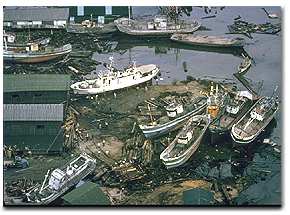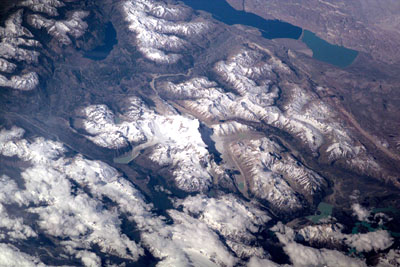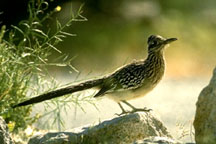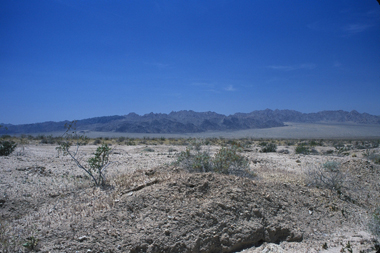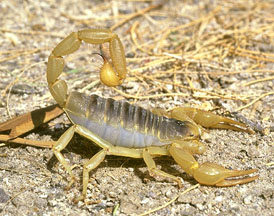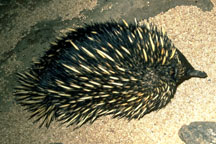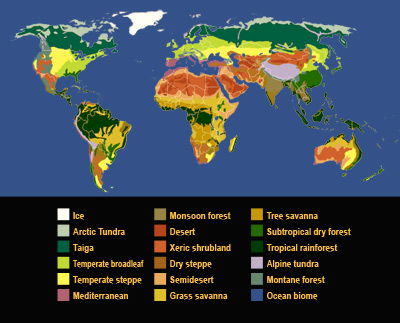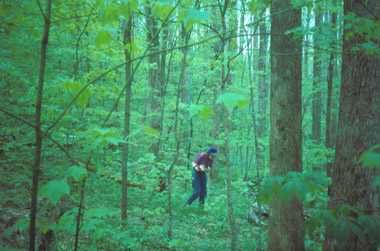Click on image for full size
NOAA
Ten Tsunami Safety Facts
1. Tsunamis that strike coastal locations in the Pacific Ocean Basin are almost always caused by earthquakes. These earthquakes might occur far away or near where you live.
2. Some tsunamis can be very large. In coastal areas their height can be as great as 10 m or more (30 m in extreme cases), and they can move inland several hundred meters.
3. All low lying coastal areas can be struck by tsunamis.
4. A tsunami consists of a series of waves with crests arriving every 10 to 60 minutes. Often the first wave may not be the largest. The danger from a tsunami can last for several hours after the arrival of the first wave. Tsunami waves typically do not curl and break, so do not try to surf a tsunami!
5. Tsunamis can move faster than a person can run.
6. Sometimes a tsunami initially causes the water near shore to recede, exposing the ocean floor.
7. The force of some tsunamis is enormous. Large rocks weighing several tons, along with boats and other debris, can be moved inland hundreds of meters by tsunami wave activity, and homes and buildings destroyed. All this material and water move with great force, and can kill or injure people.
8. Tsunamis can occur at any time, day or night.
9. Tsunamis can travel up rivers and streams from the ocean.
10. Tsunami can easily wrap around islands and be just as dangerous on coasts not facing the source of the tsunami.
The safety facts listed above are provided courtesy of NOAA. Click here more information from NOAA about how to stay safe in a tsunami.


